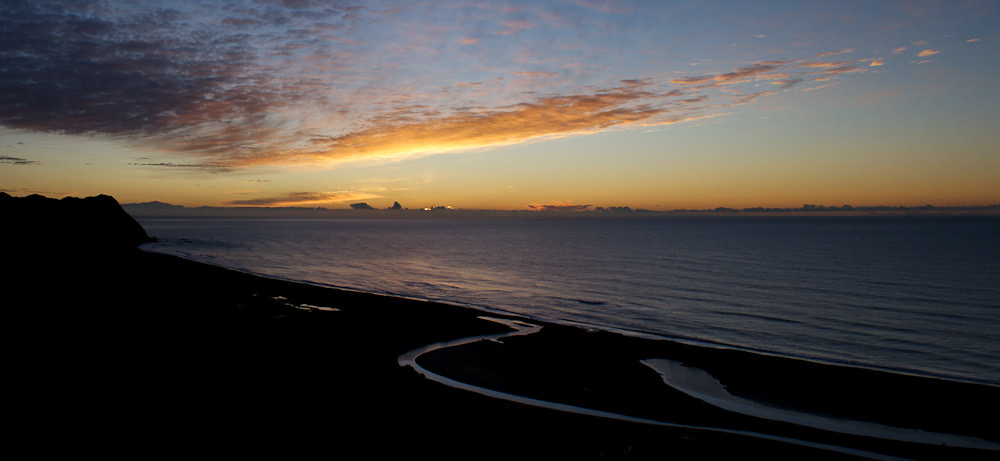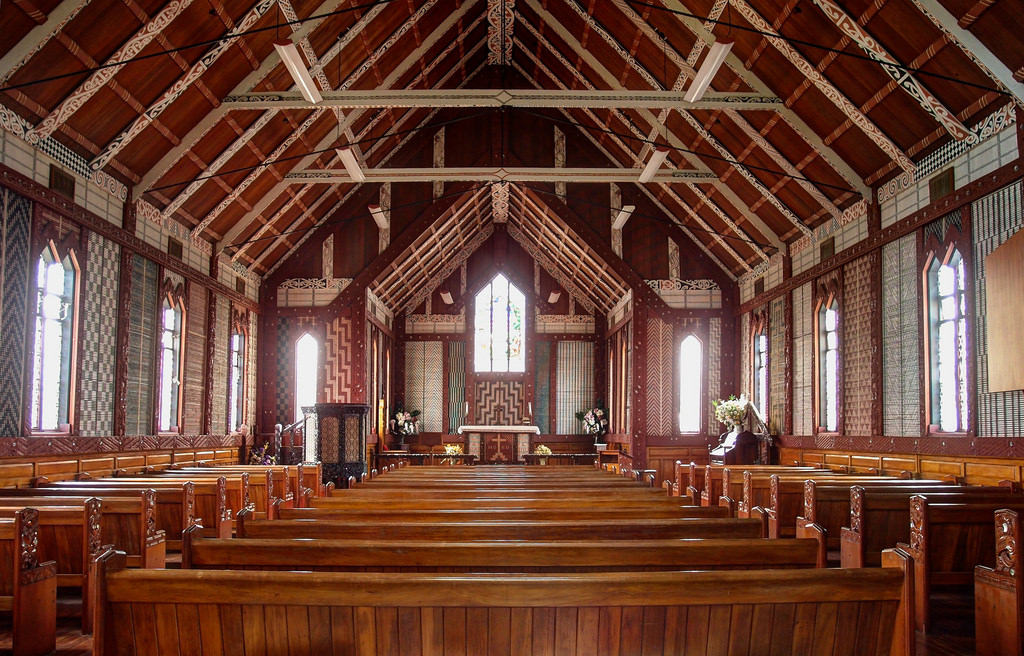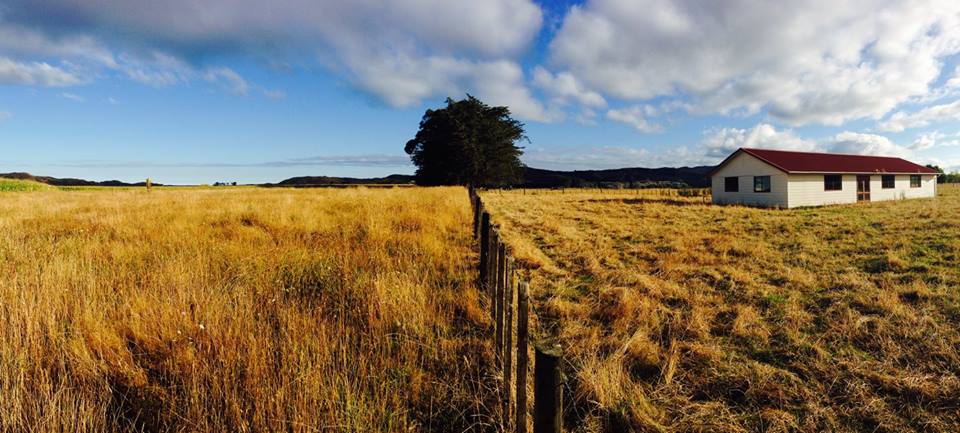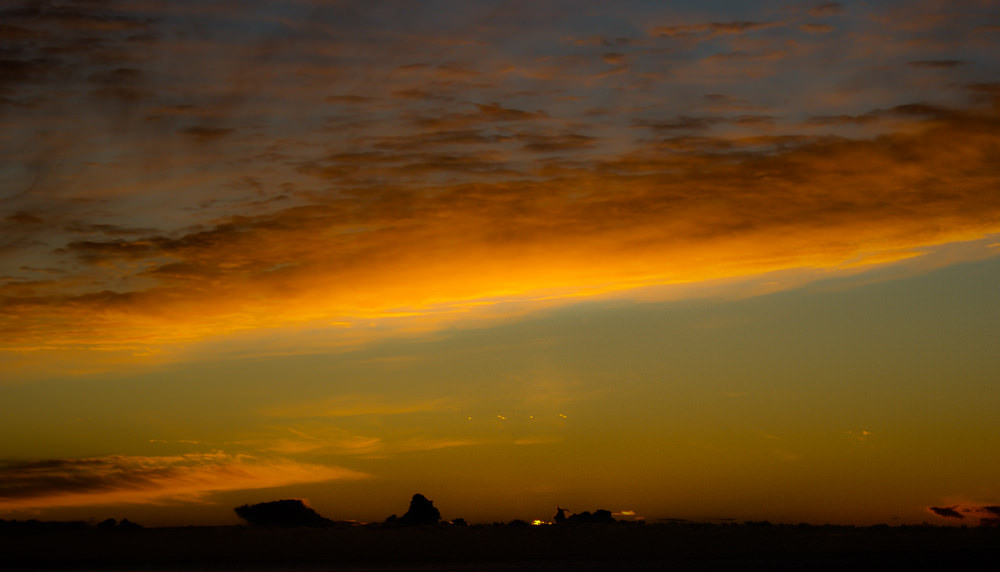Learn about your honey's region
Tikitiki is a small town located in the Waiapu Valley. Waipau Valley is the north bank of the Waiapu River in the Gisborne Region of the North Island of New Zealand, It is home to Saint Mary’s Chruch- one of the finest and oldest Maori churches in New Zealand (built in 1924). Tikitiki still has a strong Maori culture, with the majority of the towns inhabitants identifying as Maori. Most people who live in or near Tikitiki are either homemakers, or employed in the roading, forestry, farming, or food industries, or as office workers.
Tikitiki
Tikitiki
The East Coast is a stunning craggy coastline that juts out into the Pacific Ocean, stretching from Opotiki in the Bay of Plenty to Gisborne in Poverty Bay. It lies on the central eastern coast of New Zealand’s North Island
At its most eastern point is the East Cape. It is a remote land of rugged mountains, spectacular coastline, and sandy beaches.
Tikitiki is a small community in the North Eastern corner of the region on the banks of the Waiapu river and is in the heart of Ngati Porou whenua.
St Mary's Church at Tikitiki is a great memorial building to the Maori war effort on the East Coast. It was built in the 1920s as a memorial to local Maori who died in the First World War and is located on a prominent spur of land overlooking the Waiapu Valley.
But the church has assumed a bigger role. Sir Apirana Ngata was the mastermind behind the spectacular interior design. In the 1920s he began a personal crusade to revive the dying art and craft skills within Ngati Porou and Maoridom in general. Saint Mary's was one of his first initiatives.
Sir Apirana saw it not only as a memorial, but also as a chance to showcase Maori arts and crafts that might have been lost. He was a passionate champion of carving and decorative arts, Maori music, dance and haka as well as poetry and linguistic traditions.
For him, large projects such as meeting houses and churches provided a home for heirlooms. So St Mary's is more than a memorial, originally for the men of the Ngati Porou and extended to represent all New Zealanders who passed on in war. It is a gallery of fine carvings, decorated rafters and beautiful panels.
It is painted in olive and cream, which represent the Mediterranean where the Maori Battalion fought in many battles.
The Reverend Matanuku Kaa, minister at St Mary's, said he hoped all New Zealand would see the church as a place to remember those who had fought in war. "This is a place for all New Zealanders, not just Maori," he said.
There is also a statue of a First World War soldier wearing the archetypal lemon-squeezer hat on the hill behind St Mary's casting his gaze to the east, the Waiapu River and the Pacific Ocean.




